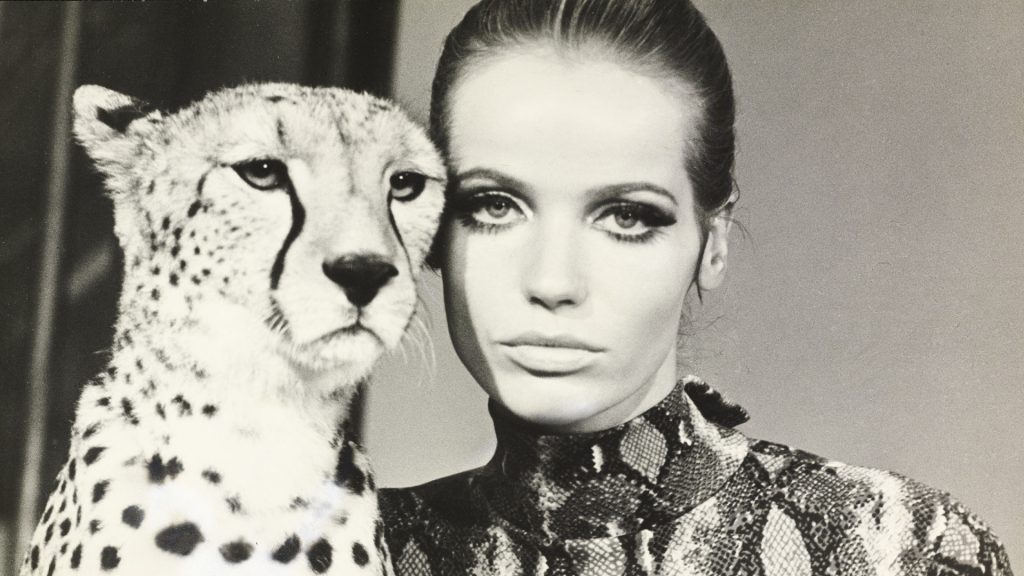
Chronorama is a journey through over 400 illustrations and photographs that capture the aesthetic sensibility – and more – of an era marked by profound transformations.
In the early years of the 20th century, photography is still considered a minor art, but it begins to gain ground and replace illustrations in the best glossy magazines. The journey of Chronorama fully captures this transformation, placing it in parallel with the history of Condé Nast editions, of which the Pinault Collection has recently acquired part of the archives. Spanning decades, from the 1910s to the 1970s, the exhibition is a journey through over 400 illustrations and photographs that appeared in magazines such as ‘Vogue,’ ‘Vanity Fair,’ and ‘The New Yorker,’ reflecting the aesthetic sensibility of an era undergoing profound transformations. Changes in taste encompass areas such as clothing, architecture, and interior design, but the images exhibited at Palazzo Grassi also make evident an evolution in the representation of women, which we attempt to summarize here through 7 images, one for each decade.
In 1908, the publisher and businessman Condé Montrose Nast acquires and revitalizes the magazine ‘Vogue’ in New York, transforming it into a publication targeting an elite clientele. Eight years later, he is ready to look across the ocean in anticipation of opening the first European editorial offices in London and Paris. The cover of the June 1916 issue is entrusted to the illustrator Helen Dryden and her ‘Woman Standing in a Gondola,’ a woman capable of personally navigating a boat and likely exploring Venice on her own
In the 1920s, New York is at the height of splendor, while Paris establishes itself as the hub of artistic avant-gardes. The end of the war and the recession unleashes an energy that transforms into creative ferment. In 1927, George Hoyningen-Huene immortalizes Joséphine Baker, an artist, performer, muse of the avant-garde, a figure in the French resistance, a fervent ambassador in the fight against racism and a supporter of the civil rights movement in the United States.
While the financial crisis of ’29 and the early signs of World War II temper the wild exuberance of the Roaring Twenties, Condé Nast publications make even more explicit the aspiration for luxury, worldliness, and lightness. Rooftop deck-tennis players, against Manhattan skyline (1931) by documentary photographer Margaret Bourke-White perfectly evokes the triumph of the leisure society.
But the advent of Nazism and the outbreak of World War II change everything. During a mission in Brittany as a war reporter, the American photographer Lee Miller captures the Interrogation of a Frenchwoman who has had her hair shaved off for consulting with Germans (1944).
The United States emerge from the war as the victorious superpower and call on the world to conform to their standards. It’s the ‘Golden Age of Fashion,’ and in 1953, Robert Doisneau photographs Coco Chanel descending the iconic staircase of her maison in Paris. Models increasingly assert themselves in the collective imagination, eventually being embraced as stars. This is evident in figures like Twiggy, an icon of Swinging London, and Veruschka, a pioneer of body painting, immortalized in 1967 in a ‘head-to-head with a cheetah’ by Franco Rubatelli
Finally, Helmut Newton takes center stage in the 1970s, a decade that makes eroticism an essential aspect of the charm exerted by fashion and beauty. In his shot Lisa Taylor, Saint Tropez (1975), an anonymous man becomes the object of desire for a strong, independent, and sensual woman, overturning the code of the objectified woman.